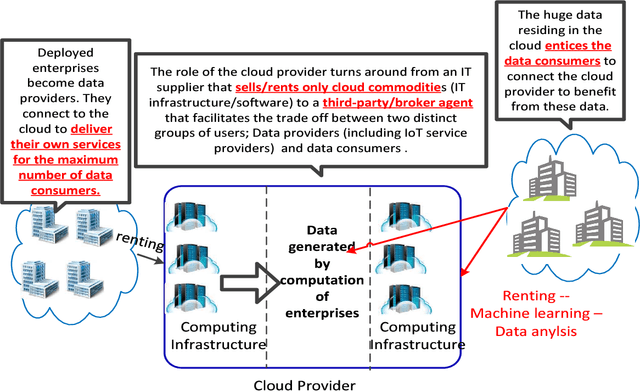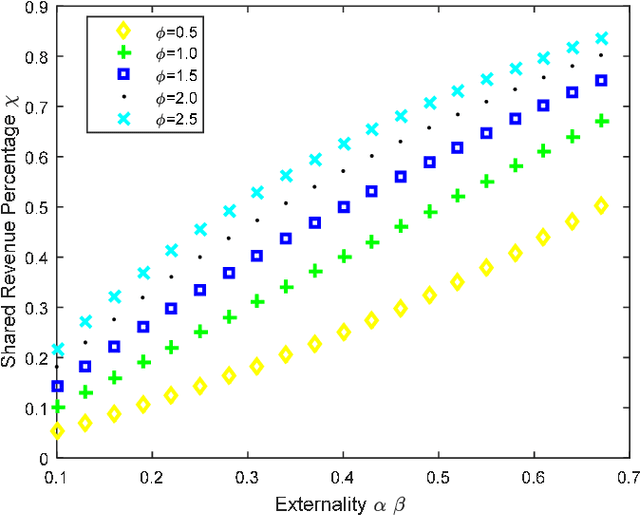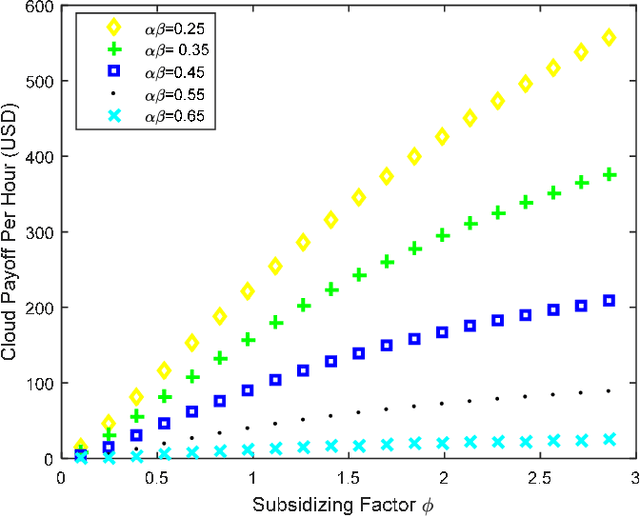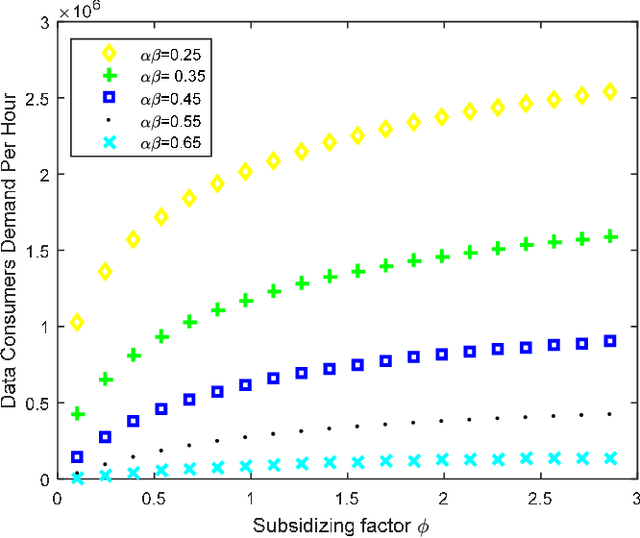Gaith Rjoub
Machine Learning Innovations in CPR: A Comprehensive Survey on Enhanced Resuscitation Techniques
Nov 03, 2024Abstract:This survey paper explores the transformative role of Machine Learning (ML) and Artificial Intelligence (AI) in Cardiopulmonary Resuscitation (CPR). It examines the evolution from traditional CPR methods to innovative ML-driven approaches, highlighting the impact of predictive modeling, AI-enhanced devices, and real-time data analysis in improving resuscitation outcomes. The paper provides a comprehensive overview, classification, and critical analysis of current applications, challenges, and future directions in this emerging field.
Enhancing IoT Intelligence: A Transformer-based Reinforcement Learning Methodology
Apr 05, 2024



Abstract:The proliferation of the Internet of Things (IoT) has led to an explosion of data generated by interconnected devices, presenting both opportunities and challenges for intelligent decision-making in complex environments. Traditional Reinforcement Learning (RL) approaches often struggle to fully harness this data due to their limited ability to process and interpret the intricate patterns and dependencies inherent in IoT applications. This paper introduces a novel framework that integrates transformer architectures with Proximal Policy Optimization (PPO) to address these challenges. By leveraging the self-attention mechanism of transformers, our approach enhances RL agents' capacity for understanding and acting within dynamic IoT environments, leading to improved decision-making processes. We demonstrate the effectiveness of our method across various IoT scenarios, from smart home automation to industrial control systems, showing marked improvements in decision-making efficiency and adaptability. Our contributions include a detailed exploration of the transformer's role in processing heterogeneous IoT data, a comprehensive evaluation of the framework's performance in diverse environments, and a benchmark against traditional RL methods. The results indicate significant advancements in enabling RL agents to navigate the complexities of IoT ecosystems, highlighting the potential of our approach to revolutionize intelligent automation and decision-making in the IoT landscape.
A Comprehensive Survey on Applications of Transformers for Deep Learning Tasks
Jun 11, 2023



Abstract:Transformer is a deep neural network that employs a self-attention mechanism to comprehend the contextual relationships within sequential data. Unlike conventional neural networks or updated versions of Recurrent Neural Networks (RNNs) such as Long Short-Term Memory (LSTM), transformer models excel in handling long dependencies between input sequence elements and enable parallel processing. As a result, transformer-based models have attracted substantial interest among researchers in the field of artificial intelligence. This can be attributed to their immense potential and remarkable achievements, not only in Natural Language Processing (NLP) tasks but also in a wide range of domains, including computer vision, audio and speech processing, healthcare, and the Internet of Things (IoT). Although several survey papers have been published highlighting the transformer's contributions in specific fields, architectural differences, or performance evaluations, there is still a significant absence of a comprehensive survey paper encompassing its major applications across various domains. Therefore, we undertook the task of filling this gap by conducting an extensive survey of proposed transformer models from 2017 to 2022. Our survey encompasses the identification of the top five application domains for transformer-based models, namely: NLP, Computer Vision, Multi-Modality, Audio and Speech Processing, and Signal Processing. We analyze the impact of highly influential transformer-based models in these domains and subsequently classify them based on their respective tasks using a proposed taxonomy. Our aim is to shed light on the existing potential and future possibilities of transformers for enthusiastic researchers, thus contributing to the broader understanding of this groundbreaking technology.
Cloud computing as a platform for monetizing data services: A two-sided game business model
Apr 26, 2021



Abstract:With the unprecedented reliance on cloud computing as the backbone for storing today's big data, we argue in this paper that the role of the cloud should be reshaped from being a passive virtual market to become an active platform for monetizing the big data through Artificial Intelligence (AI) services. The objective is to enable the cloud to be an active platform that can help big data service providers reach a wider set of customers and cloud users (i.e., data consumers) to be exposed to a larger and richer variety of data to run their data analytic tasks. To achieve this vision, we propose a novel game theoretical model, which consists of a mix of cooperative and competitive strategies. The players of the game are the big data service providers, cloud computing platform, and cloud users. The strategies of the players are modeled using the two-sided market theory that takes into consideration the network effects among involved parties, while integrating the externalities between the cloud resources and consumer demands into the design of the game. Simulations conducted using Amazon and google clustered data show that the proposed model improves the total surplus of all the involved parties in terms of cloud resources provision and monetary profits compared to the current merchant model.
 Add to Chrome
Add to Chrome Add to Firefox
Add to Firefox Add to Edge
Add to Edge